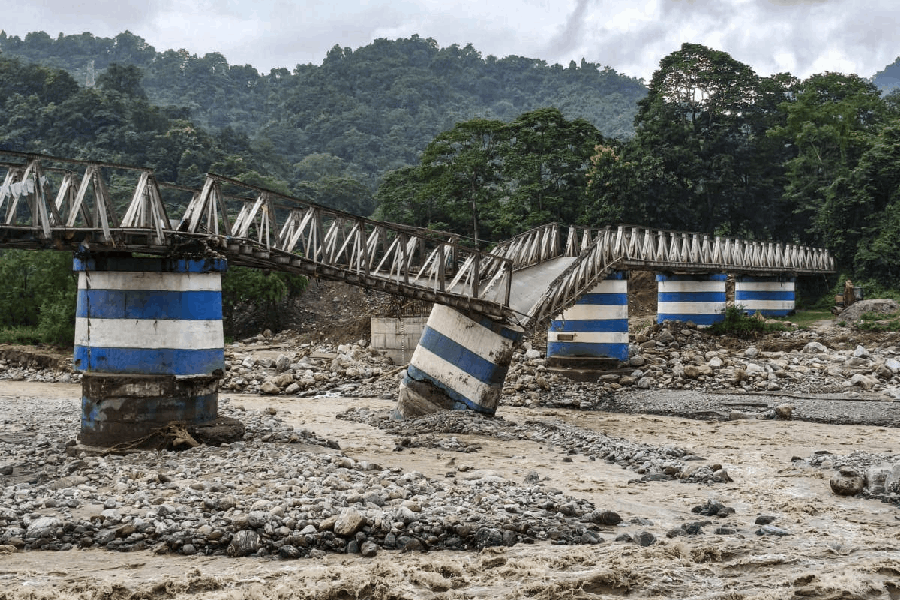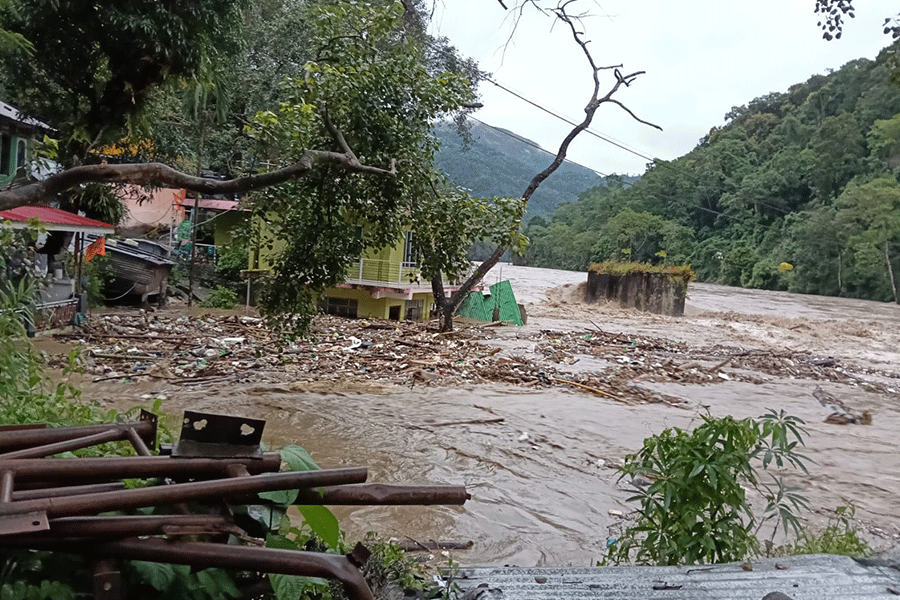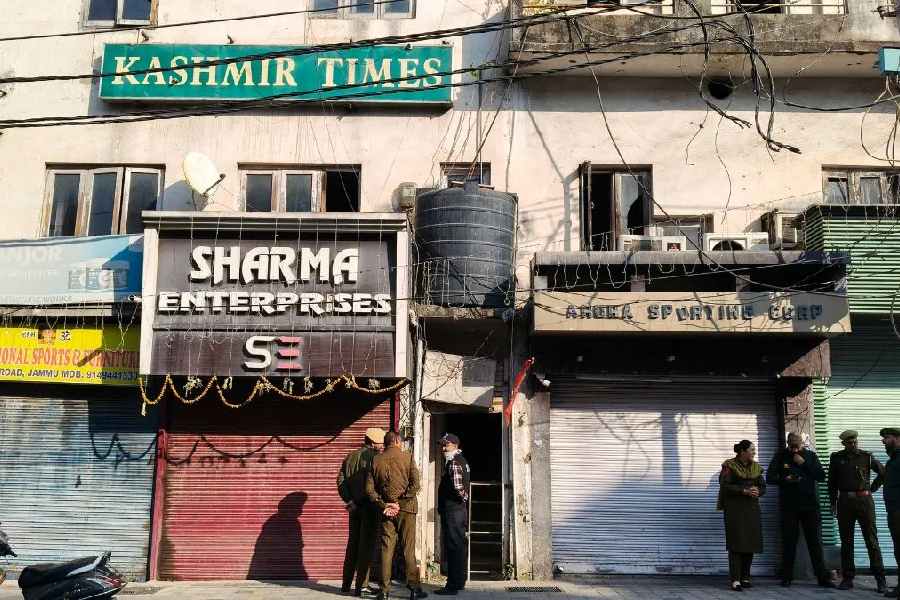Centre has begun early-stage discussions with insurance companies to design a nationwide climate-linked insurance programme aimed at ensuring faster compensation for those affected by natural disasters such as floods, landslides and heatwaves.
The proposed scheme would be based on a parametric insurance model, where payouts are triggered when specific weather parameters — such as rainfall, temperature or windspeed, cross pre-set thresholds.
This approach is intended to simplify and speed up compensation, unlike traditional insurance that requires detailed damage assessments and often takes years for claims to be settled.
If implemented, India, one of the countries most vulnerable to climate change, could become one of the first major economies to introduce a nationwide parametric insurance framework.
The initiative could also ease the government’s financial burden, as insurers would shoulder a greater share of the risk currently managed through disaster relief funds.
“We've seen the frequency and severity of adverse climate events go up, and based on that, this discussion with the government also started,” said Ramaswamy Narayanan, chairperson of state-run reinsurer GIC Re, in an interview with Reuters.
Officials from the finance ministry, the National Disaster Management Authority (NDMA), GIC Re and other leading insurers are exploring coverage structures and funding mechanisms.
While no formal proposal has yet been presented, union government officials are reportedly backing the idea.
The NDMA, the finance ministry and the Insurance Regulatory and Development Authority of India (IRDAI) did not respond to Reuters’ requests for comment.
Globally, interest in parametric insurance is increasing. Fiji became the first Pacific Island nation in 2023 to adopt a sovereign parametric insurance policy, providing coverage against tropical cyclones.
The use of such financial instruments to mitigate climate risks is also expected to feature at the upcoming COP30 summit in Brazil this November, under the United Nations Environment Programme’s finance initiative.
According to the Germanwatch Global Climate Risk Index 2025, India ranks sixth worldwide in climate vulnerability, having suffered over 400 extreme weather events between 1993 and 2022 that claimed at least 80,000 lives and caused economic losses of about $180 billion.
Recent months have seen key agricultural states such as Punjab and Assam struggle with severe flooding that destroyed crops and livelihoods.
Flash floods and landslides in Uttarakhand and Jammu and Kashmir have damaged homes, bridges and roads, while the latest wave of disasters has left a trail of devastation across several regions.
On Monday, the toll in the landslides in West Bengal’s Darjeeling district rose to 28, with rescue operations ongoing as several people remain missing and thousands of tourists stranded.
The country’s monsoon has turned erratic and extreme. Half of India is grappling with floods following extraordinary rainfall.
Punjab has been hit by its worst deluge since 1988, while parts of Haryana and Rajasthan saw rainfall exceeding 1,000 per cent of the normal level in just 24 hours, according to the India Meteorological Department (IMD).
Between August 28 and September 3, northwest India recorded 180 per cent above-average rainfall, and southern states saw a 73 per cent spike.
Kolkata experienced record-breaking showers last week, leaving the city waterlogged for days.
In the northern states of Himachal Pradesh and Jammu, relentless rains and landslides have paralysed life in the hills.
Across the country, hundreds have died and numerous towns and villages remain submerged.
To fund the proposed insurance scheme, the Centre is weighing several financing options, including the use of existing disaster relief funds or introducing minor deductions on utility bills.
“If it aligns with rules of urban local bodies, tiny deductions from utility bills could be considered, with a consortium of insurers entering contracts with municipal corporations,” a government official said.
At the state level, several pilot programmes have already taken shape.
Last year, 50,000 self-employed women in Rajasthan, Gujarat and Maharashtra received $5 payouts when temperatures exceeded 40°C for a week in May.
Nagaland, which secured India’s first disaster risk coverage from SBI General Insurance in 2024, received its first payout of $119,000 in May following excessive rainfall.
Kerala’s co-operative milk marketing federation has also introduced a scheme to protect cattle farmers from losses linked to heat stress and reduced milk production.
“States are looking at a window for medium-term implementation. These conversations are gathering pace, and every insurance company is attentive to opportunities,” said a senior executive at a leading private insurer.











